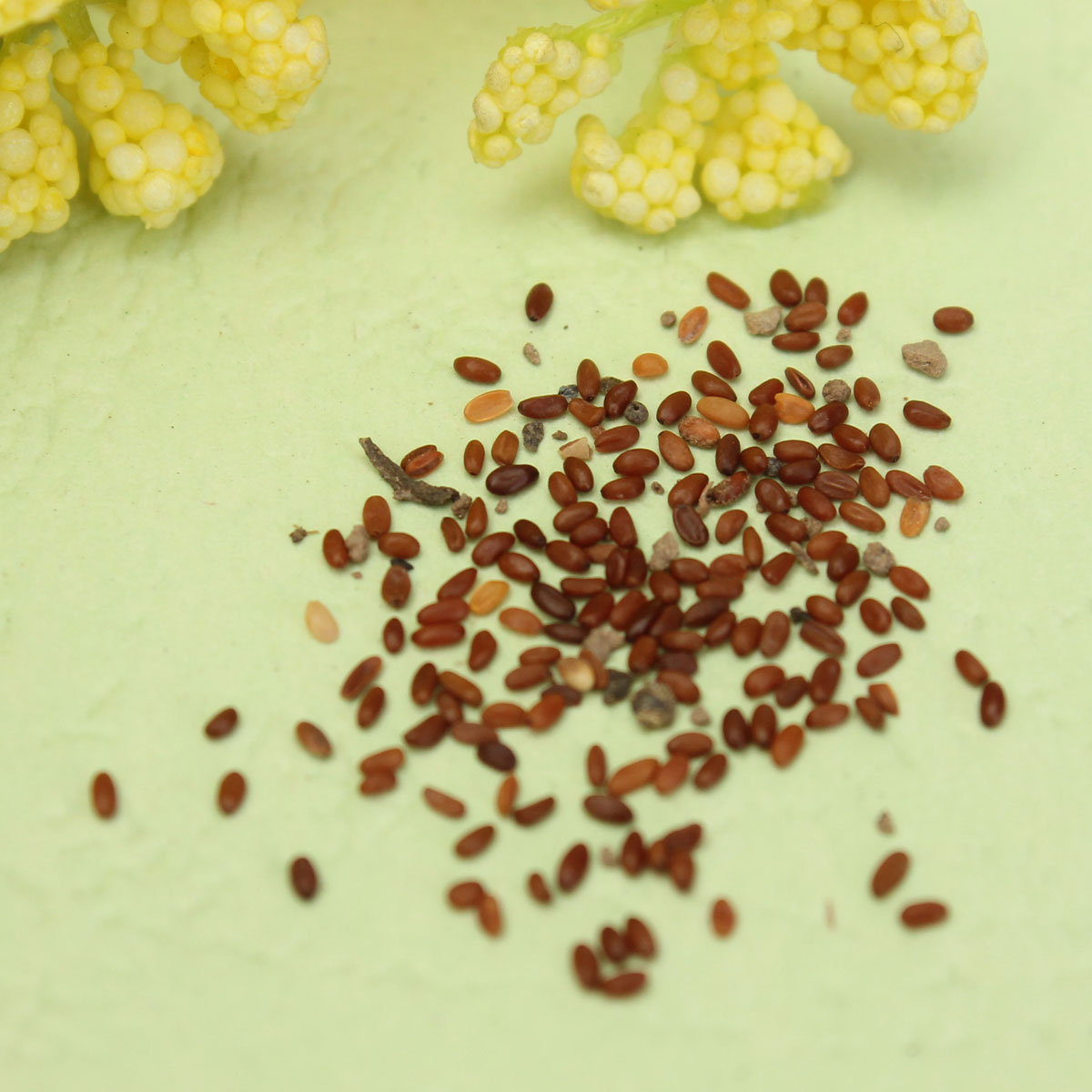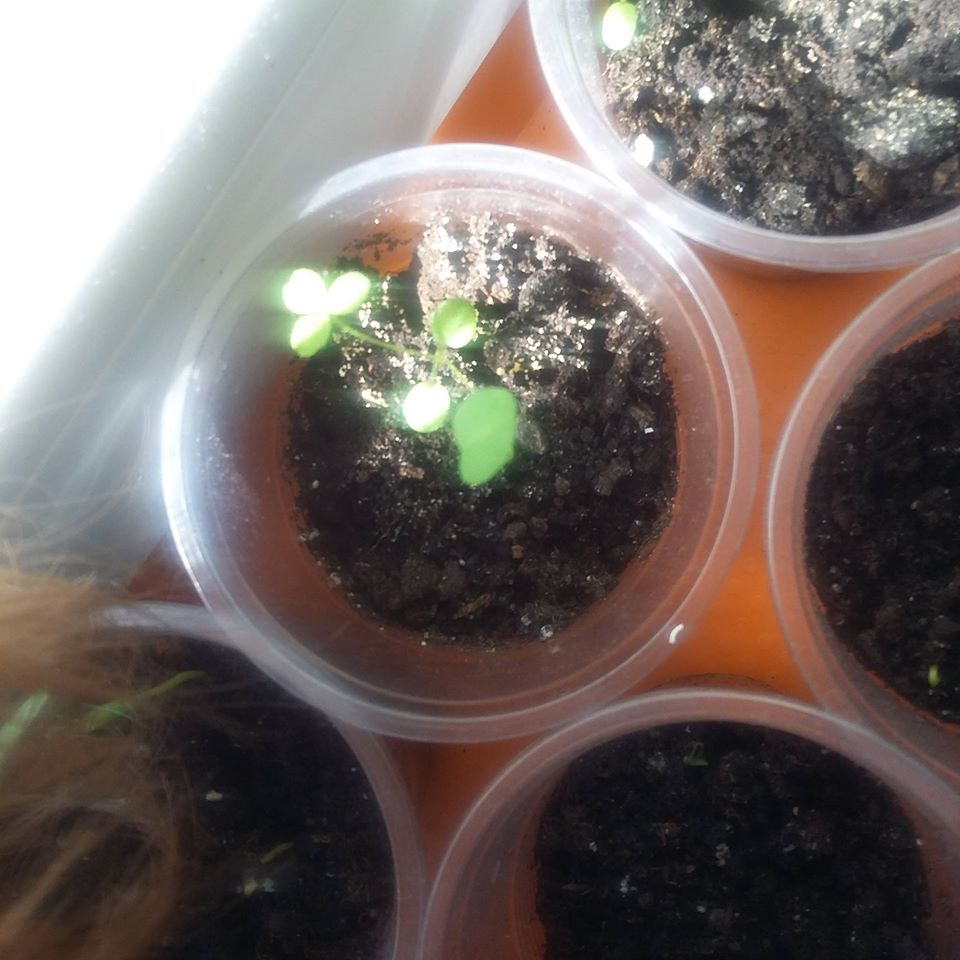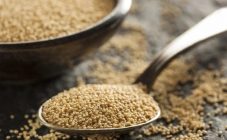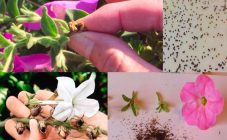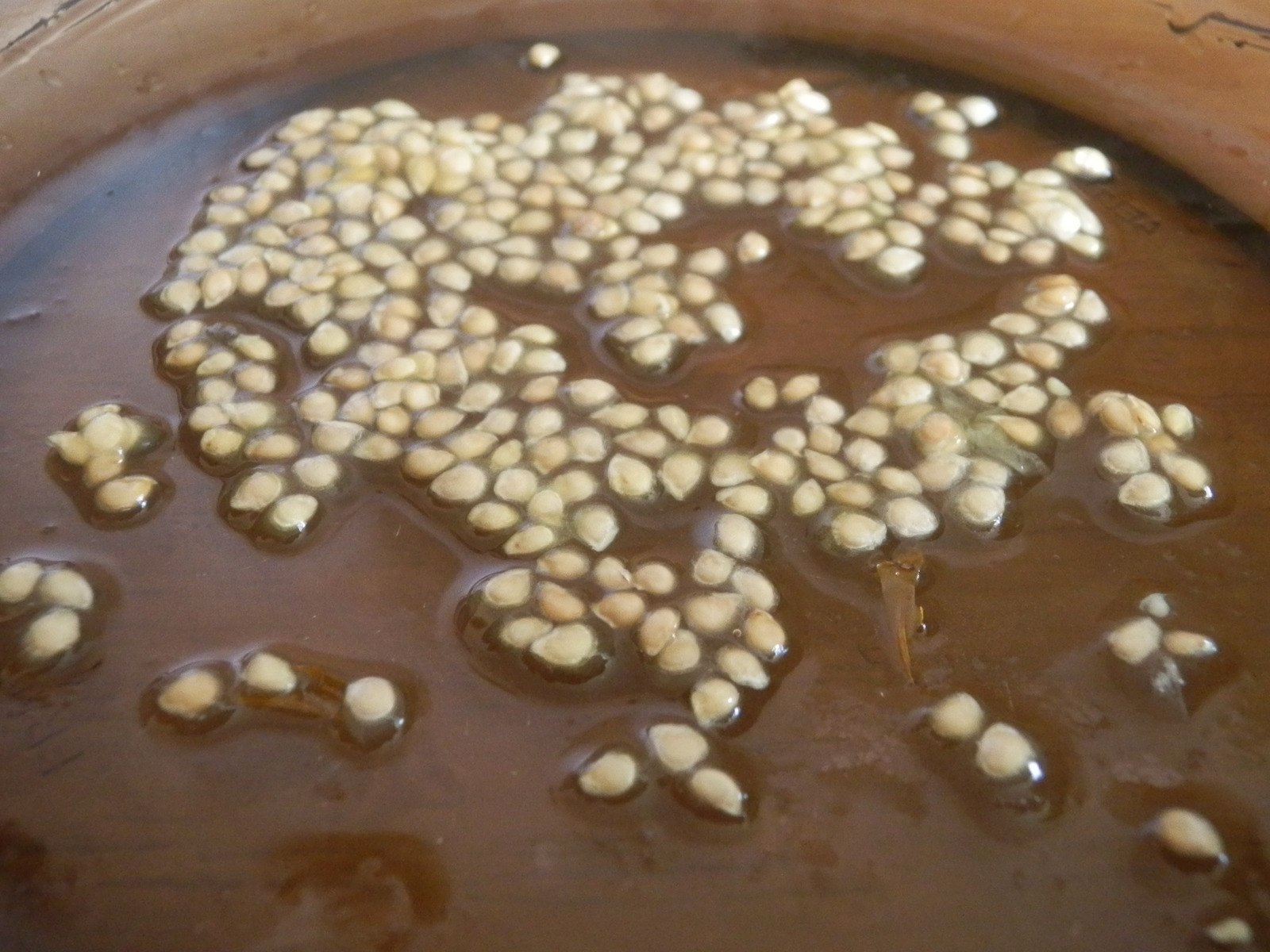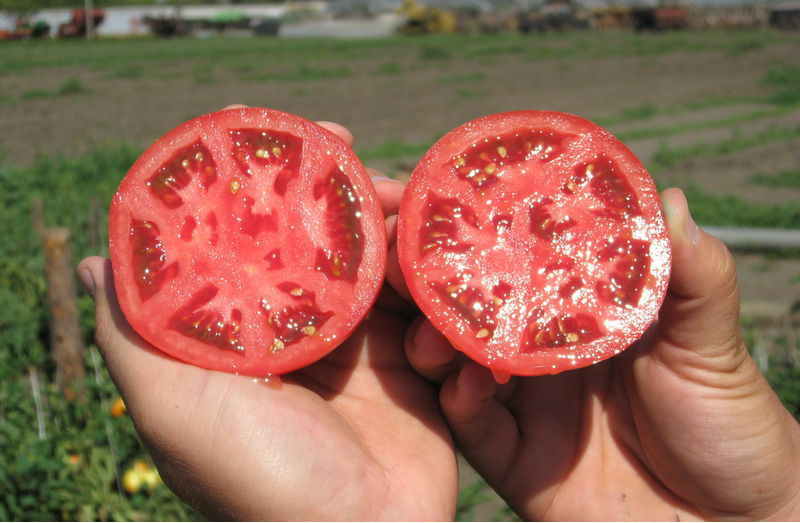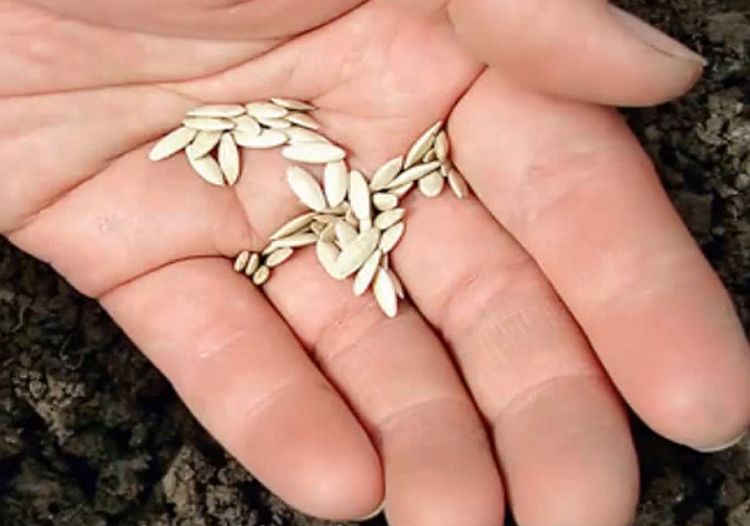Content:
In nature, this beautiful plant grows in Central America, Tahiti and New Zealand. Many gardeners love fuchsia for its abundant flowering and undemanding care. The article will tell you how fuchsia grows from seeds at home, this type of reproduction can be successful, but subject to all the rules.
What fuchsia seeds look like
Fuchsia seeds are obtained from the fruit that results from flowering. Achenes are very small, light brown in color, almost flat, resembling garlic cloves in shape. In specialized stores, you can buy fuchsia seeds Foxtrot, Holiday, Bella Rosella. On the store packaging there is a description of the characteristics of the variety that must be taken into account when planting.
If there are adult flowering plants at home, then seeds for planting can be obtained from them yourself. Step by step how to do it:
- At the beginning of blooming, the pollen is removed from the male flower with a cotton swab and transferred to the female pistil.
- Pollination can be carried out between two different plants or on one using several flowers.
- After the procedure, the flower is sprayed with water and covered with gauze. Moisturizing increases the chances of pollination, and the tissue will unmistakably recognize the fruit in which the desired seeds are ripening.
- The ripe fruit is carefully cut and placed in a paper envelope.
- After the fruit begins to dry out so that mold does not appear, it is placed in the refrigerator.
- Before planting, the berry is cut and the seeds are removed.
Sowing seeds
A good time to plant fuchsia seeds is February, March or April.
The soil
Fertile soil (3 parts), peat (2 parts), river sand (1 part) are used as a substrate. All components mix well and fill containers. If it is not possible to independently prepare the soil, then you can use ready-made soil for indoor plants.
Sowing seeds
How to grow fuchsia from seeds at home? Before sowing, the soil is spilled with boiling water. This will help get rid of pests and pathogenic bacteria. When the soil cools down, make small grooves and spread the seeds. It is not necessary to deepen and sprinkle the seeds with soil, and this is an important condition for germinating fuchsia.
For easier sowing, the seeds are mixed with sand and spread over the soil surface, then moistened with a spray bottle. The containers with crops are covered with foil or glass, leaving a small gap for air. From time to time, the soil is moistened using a sprayer or syringe. Once a day, to prevent mold from appearing, glass for 15-20 minutes. removed.
Germination
Containers with seeds are kept in a bright place, but not exposed to sunlight. A comfortable temperature for seed germination should be between 18-20 ° C. Peat tablets can be used to germinate seeds.
After about 20 days, the crates can be inspected for young shoots. The germination period can take up to 30 days, this factor depends on the fuchsia variety.
Further care
Fuchsia seedlings develop well with proper care.Water the plants with settled water at room temperature. Moistening is necessary as the upper part of the soil dries out.
When the second pair of leaves is formed, young fuchsias can be planted in separate containers with a diameter of 7-9 cm. At the bottom of the cups, you need to put expanded clay and make small holes to drain excess water. Depressions are made in the ground with a pencil or other object and fuchsias are gently lowered into them, holding the leaves.
The transplanted plants are placed in a shaded place for 1-2 days, where the sun's rays do not penetrate. This measure is needed for better adaptation of the shoots.
Plant care is impossible without fertilization. Fuchsias are especially in need of additional nutrition during active growth and flowering. For fuchsias, ideal means, agriculture, health are suitable. Moreover, all types of fertilizers can be applied only on moist soil.
Folk remedies can be used as additional food.
- Banana peel in the amount of 3 pcs. 2 liters of water is poured and infused for 5 days. Then the solution is filtered, diluted with water 1: 1 and the flowers are watered.
- Wood ash (2 tablespoons) is poured into 1 liter of water. After 2 days, the nutrient solution is ready.
- Onion peel. This component is in every home. To fertilize fuchsias, it is enough to soak a handful of onion husks in a three-liter jar for 2 days.
- Castor oil (1 teaspoon) is added to 1 liter of warm water, shake well and spray the plant. This top dressing promotes lush flowering.
- Aquarium water. This top dressing is effective from early spring to mid-summer. Water from the aquarium only on wet soil, since it is also a fertilizer.
Fuchsia: growing from seed without problems
In growing a flower from seed, not always everything goes smoothly. Novice flower growers can face a number of difficulties:
- Yellowing of foliage. If the lower leaves turn yellow, then this is normal. When yellowness spreads throughout the plant, this is the result of the vital activity of pests. Lack of light, high air temperature, abrupt climate change can also be a source of yellowing of leaves.
- Deficiency of iron and magnesium causes chlorosis, as a result of which the leaf plate begins to fade. In this case, the plant is fed with iron chelate.
- Leaves wither. Loss of turgor most often indicates a lack of moisture. This happens during the period of active growth of fuchsia, as well as when the flower is systematically flooded. Prolonged exposure to the sun also causes the foliage to wilt.
- Few flowers. Scant flowering or its complete absence occurs as a result of heat, dry soil, lack of light, poor wintering conditions. The buds can fall off due to changes in location and heat.
Observing all the rules of care, you can avoid the listed troubles and grow a healthy flowering plant.
Useful tips from experienced florists
In fact, fuchsia does not require much attention to itself. The main thing is to understand something right away before you face the problem:
- In order for fuchsias to grow and develop normally, you need to provide them with a lot of light and an influx of fresh air.
- It is recommended to protect the plants from direct sun.
- Fuchsias with rich colors require more light than varieties with light flowers.
- Breeding fuchsia by cuttings is even easier than by seed.
- Frequent spraying will help young fuchsias grow actively.
- To enjoy blooming, keep the room temperature at 20 ° C.
- If the fuchsia starts to stretch, you need to pinch it.
- If a plaque has formed on the soil, it is removed and new soil is added.
- It is necessary to transplant the plant into dishes, the volume of which exceeds the previous one by only 4-5 cm.
Planting and growing fuchsia from seeds is not difficult.This beautiful plant will surely thank the grower with abundant flowering and will decorate any interior. But you still have to make an effort for this, since you cannot easily catch a fish from the pond!
